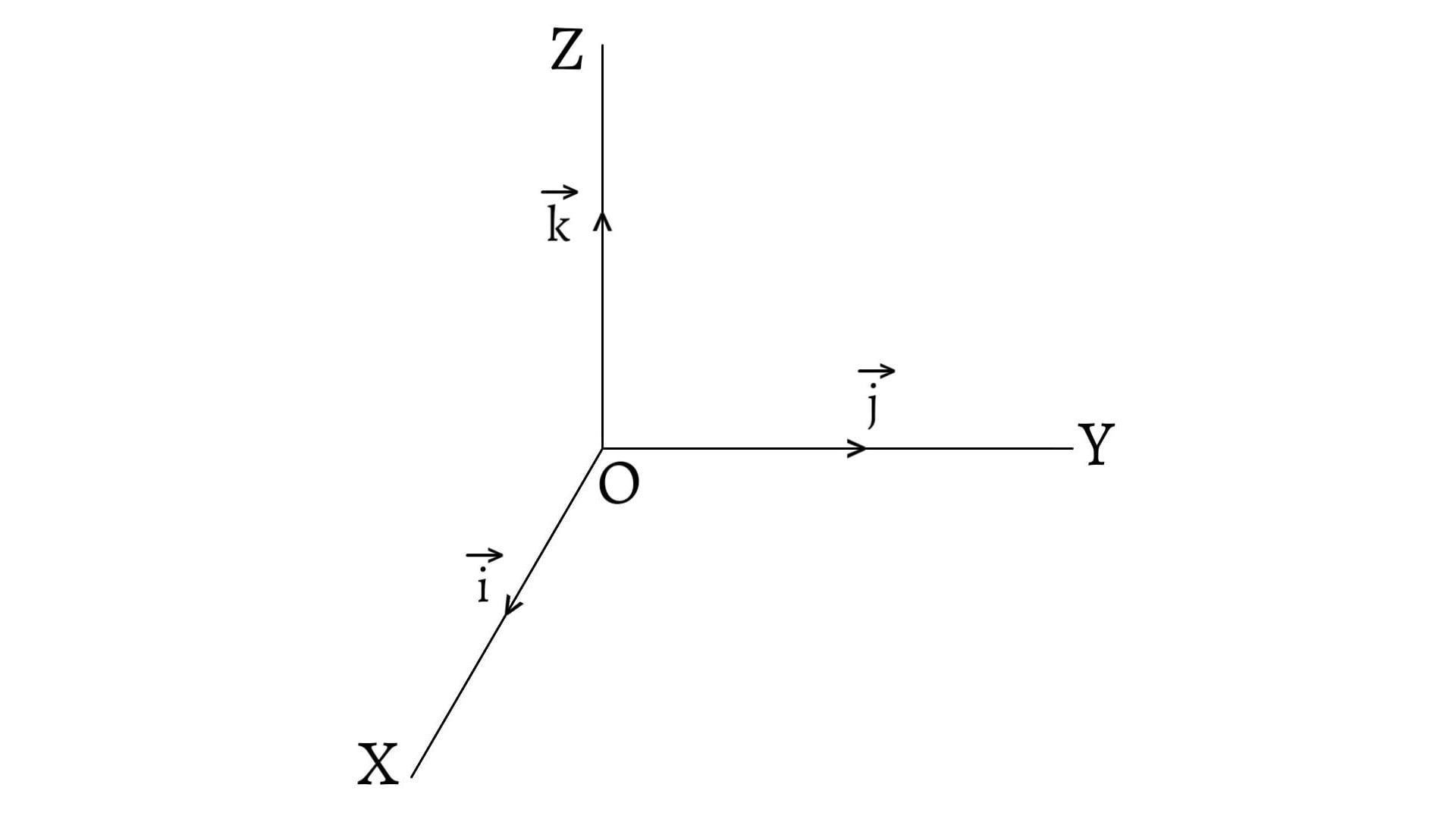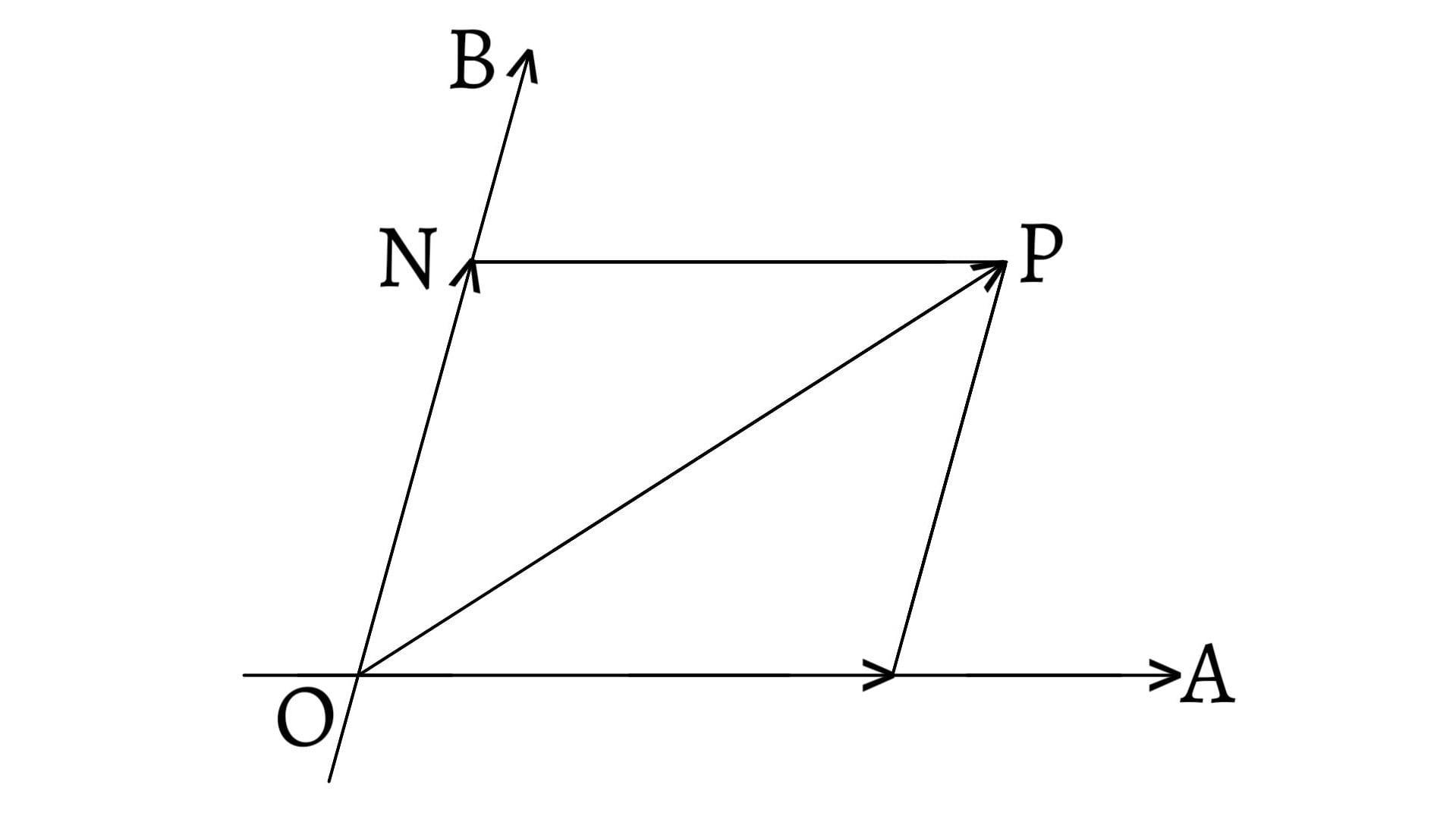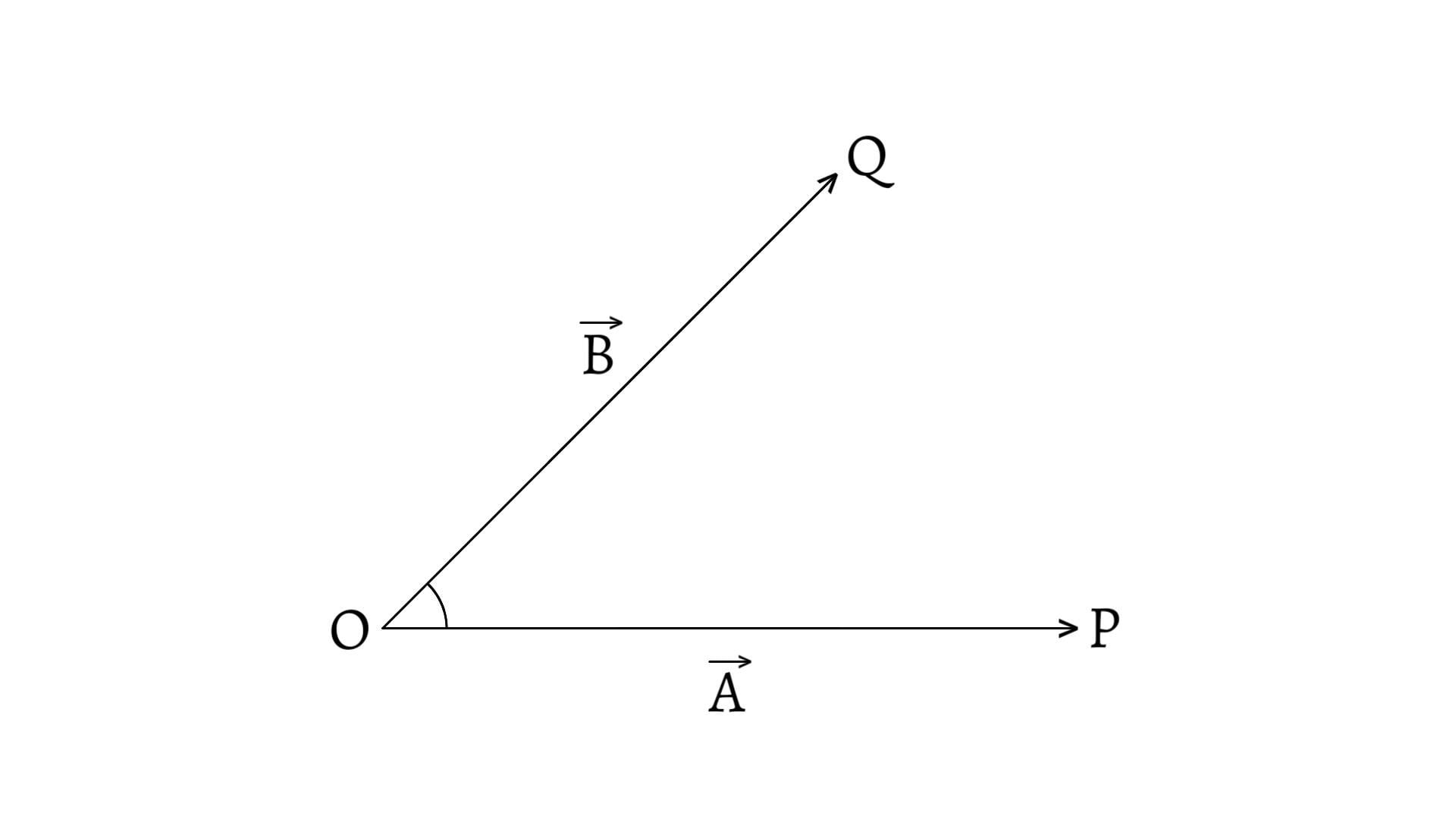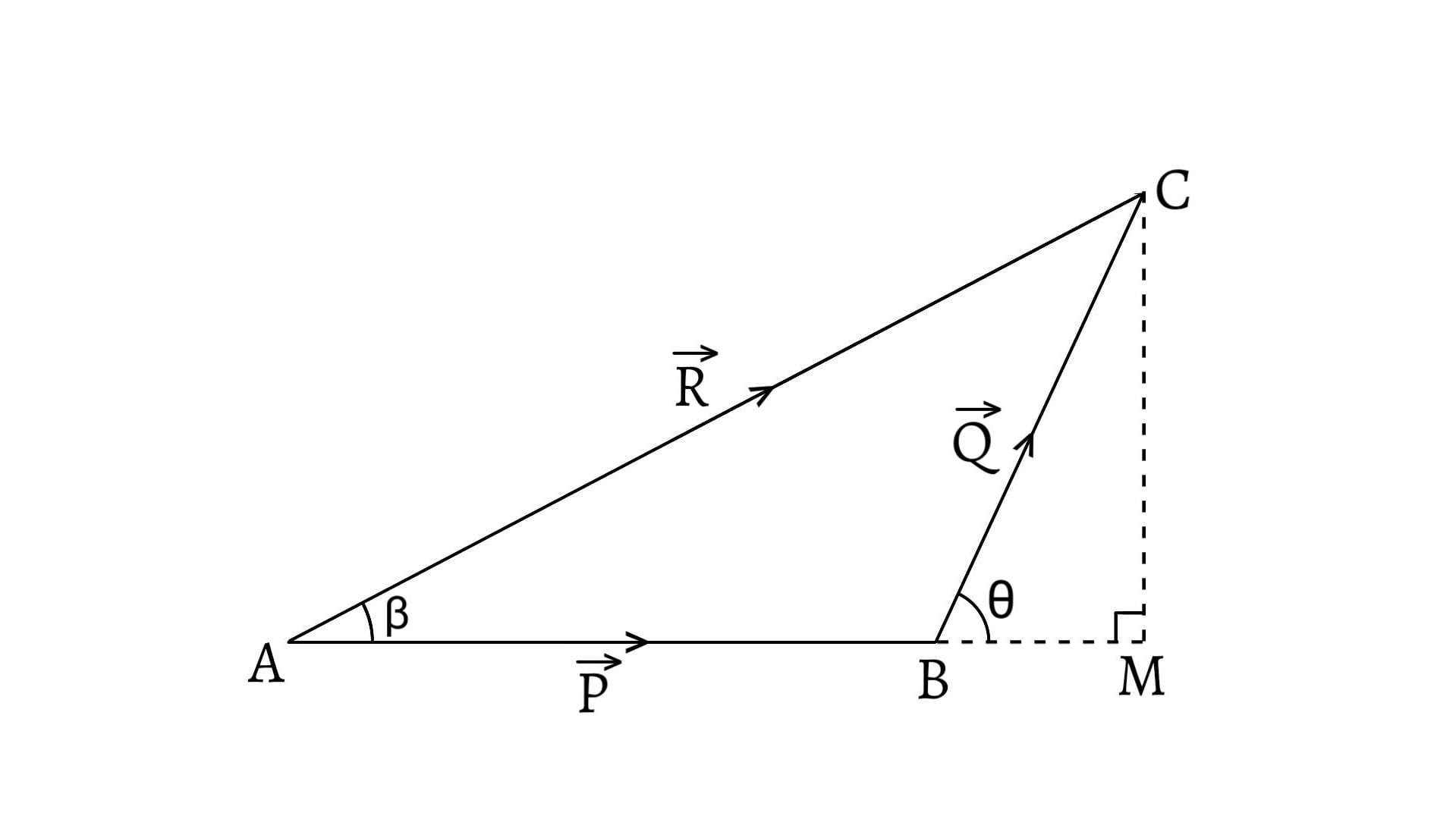The subtraction of two vectors $\overrightarrow{P}$ and $\overrightarrow{Q}$ denoted by $\overrightarrow{P}-\overrightarrow{Q}$ may be considered as a sum of the vectors $\overrightarrow{P}$ and the negative vector of $\overrightarrow{Q}$.
Let $\overrightarrow{P}=(a_1,a_2)$ and $\overrightarrow{Q}=(b_1,b_2)$ be two vectors. Then, the difference of two vectors $\overrightarrow{P}$ and $\overrightarrow{Q}$ is defined by \[\overrightarrow{P}-\overrightarrow{Q}=\overrightarrow{P}+(-\overrightarrow{Q})\] \[=(a_1,a_2)+(-b_1,-b_2)\] \[=(a_1-b_1,a_2-b_2)\]
Let us consider the two vectors $\overrightarrow{P}$ and $\overrightarrow{Q}$ as shown in the figure (a) given below. To find the resultant subtraction vector $\overrightarrow{Q}$ from $\overrightarrow{P}$, draw $\overrightarrow{AB}=\overrightarrow{P}$. Now, draw $\overrightarrow{BC}$ equal in magnitude of $\overrightarrow{Q}$ but opposite in direction so that its tail coincides with the arrow head of $\overrightarrow{P}$ as shown in the figure (b) given below.

Then, \[\overrightarrow{BC}=-\overrightarrow{Q}\] Draw $\overrightarrow{AC}$ $(=\overrightarrow{R})$ from tail of $\overrightarrow{P}$ to the arrow head of $-\overrightarrow{Q}$. Then, from the triangle law of vector addition, we have \[\overrightarrow{AC}=\overrightarrow{AB}+\overrightarrow{BC}=\overrightarrow{P}+(-\overrightarrow{Q})\] \[\therefore\overrightarrow{R}=\overrightarrow{P}-\overrightarrow{Q}\]
Multiplication of a Vector by a Scalar
Consider a vector $\overrightarrow{A}=(a_1,a_2)$, then, the multiplication of the vector $\overrightarrow{A}$ by a scalar $k$ is defined by \[k\overrightarrow{A}=(ka_1,ka_2)\] where, $k$ is a scalar positive or negative integer or a fraction.
So, $k\overrightarrow{A}$ is a vector whose magnitude is $k$ times that of vector $\overrightarrow{A}$. Its direction is along $\overrightarrow{A}$ if $k$ is positive and opposite to $\overrightarrow{A}$ if $k$ is negative.
Previous: Resolution of a Vector






